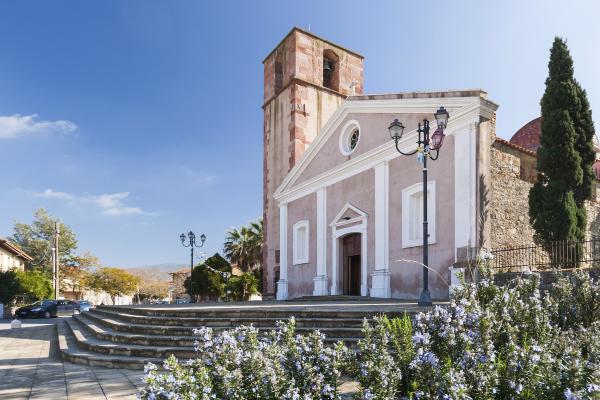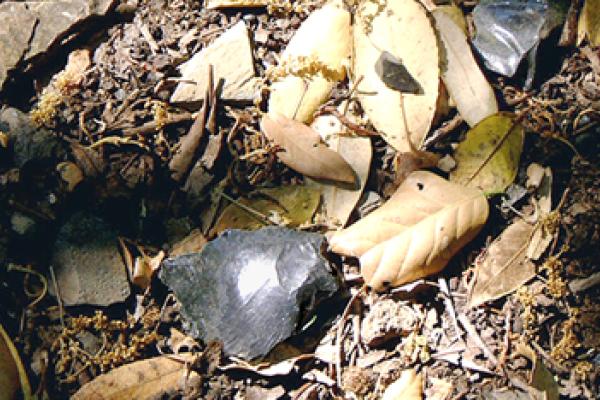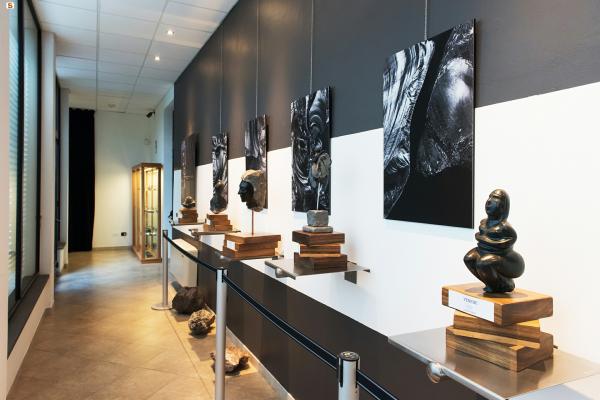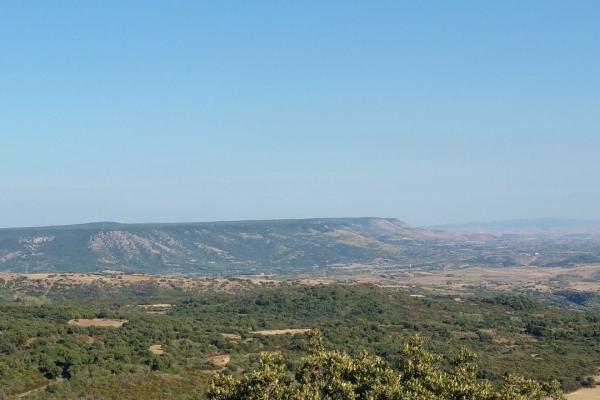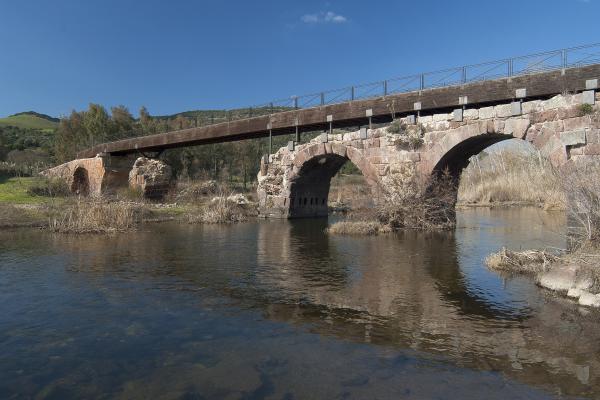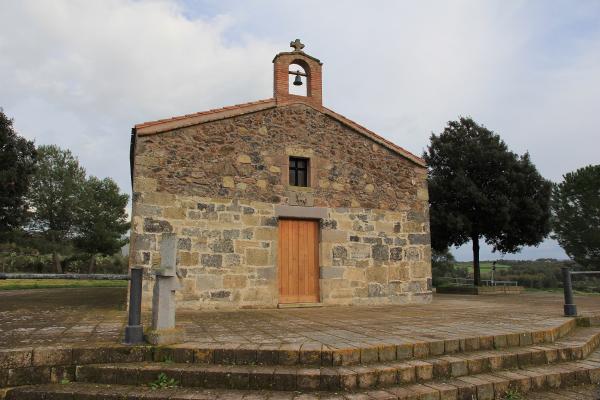Rising in the valley between the Monte Arci and Monte Grighine, Villaurbana is cultivated with wheat, olive groves and vineyards. Long inhabited, the town of Roman origins today has 1,700 inhabitants, living on the border of the upper Campidano with the Marmilla. The name comes from villa urbis, the 'village of the city', being the ancient Romanised city of Othoca. Villaurbana was a farm that supplied agricultural products to the 'city of ponds' or perhaps was a holiday residence for the inhabitants of Forum Traiani, who took refuge in these cool and healthy hills during the summer. The remains of a passing road heading to Uselis suggest it was used as a resort. At the heart of the current town, arising in the second half of the 12th century and comprised of Campidanese houses with artistic portals, stands the parish church of Santa Margherita, built in Baroque form in 1717 on the site of a building from the mid-15th century, of which remains the baptismal font. The patron saint is celebrated at the end of July.

Town
Artisan bread is the symbol of an ancient and small agricultural town in Campidano di Oristano, a city twenty kilometres away, in central-western Sardinia
Artisan bread is the symbol of an ancient and small agricultural town in Campidano di Oristano, a city twenty kilometres away, in central-western Sardinia
See this place because...
To be explored is a charming village surrounded by the unspoilt nature of two famous hills, rich in Nuragic sites and cultivated fields, from which derive its delicacies
You may also like
More attractions in the vicinity


